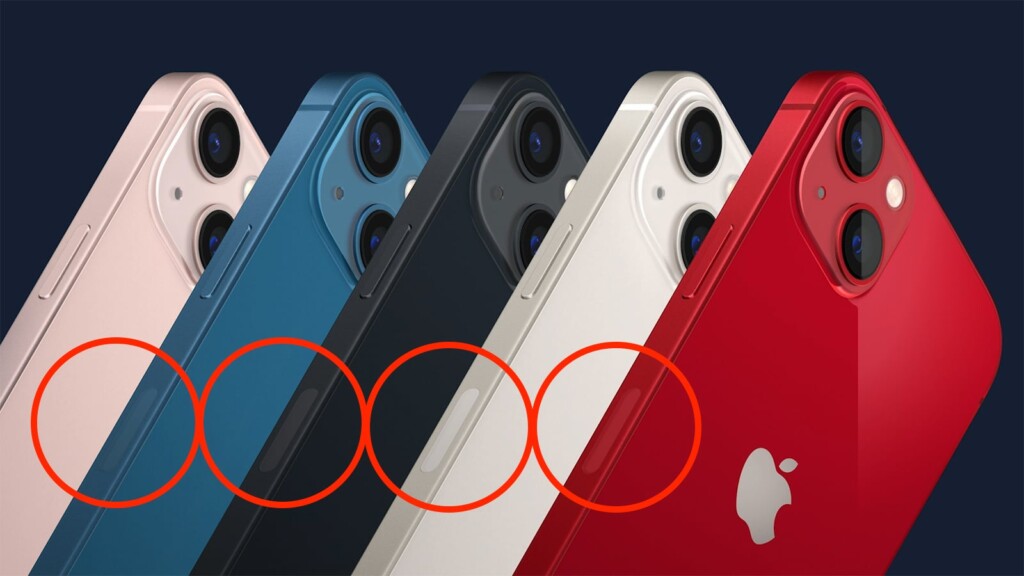
What’s That Thing on the Right Side of the iPhone 13?
Apple's devices are known for their highly streamlined industrial design, where even the smallest of details receive plenty of attention. With that said, you've probably noticed something odd on the right side (edge) of the iPhone 13, right? We're talking about the pill-shaped panel on the right side, whose color is slightly different than the rest of the frame. So, let's uncover what hides behind that panel.
So, What’s That Oval Indentation on the iPhone 13’s Right Side?
As it turns out, many are wondering about that mysterious indentation on the right side of the iPhone – which is a "window" for your phone’s 5G antenna, as confirmed by Apple.
To understand why Apple has to stick to that design, you need to understand a bit about how 5G networks work. More precisely, you need to be aware that 5G networks operate at different frequencies.
There's high-band 5G, which operates at 35 GHz, or 35 billion cycles per second. That type of 5G is also known as millimeter-wave 5G (mmWave). And yes, it has already found its place across many markets in the United States (currently lead by Verizon). This type of 5G can be incredibly fast, but it can't travel far without losing its strength (speed).
Then, there's low-band 5G, which operates at 600 MHz, or 600 million cycles per second. As you can already deduct, the lower the 5G frequency, the slower the speeds. However, what's interesting about low-band 5G is that it can travel very far without losing its strength.
Therefore, 5G is actually a mix of the previously mentioned networks. That's because different carriers try different "recipes" to bring 5G networks that are relatively strong (speedy) while also managing to travel far.
That brings us to that weird indentation on your iPhone's right side. Without that "window," your phone's 5G signal reception (we're talking about mmWave bands primarily) would be incredibly limited – even only while holding your phone in your hand. Now imagine putting your phone into a case. That would practically block the reception of 5G altogether.
Do All iPhone 13 Models Come with Visible 5G Antennas on the Side?
If you’re in the United States, then yes – all iPhone 13 models come with visible "windows" to their 5G mmWave antenna. So, there’s no way around it.
However, it's interesting to note that ultra-fast mmWave 5G is currently used only in the United States. Other countries have decided to go with slower 5G bands (at least for now), which are much more stable than mmWave and can travel more extensive distances.
That’s the reason why non-US models come without any "windows" for 5G antennas. In other words, those iPhones come with uniform frames, without any indentations or anything similar.
So, now you know what’s that thing on your iPhone 13’s right side. If you have other questions on your mind, make sure to share them via the comments section below. And lastly, thank you for reading!












